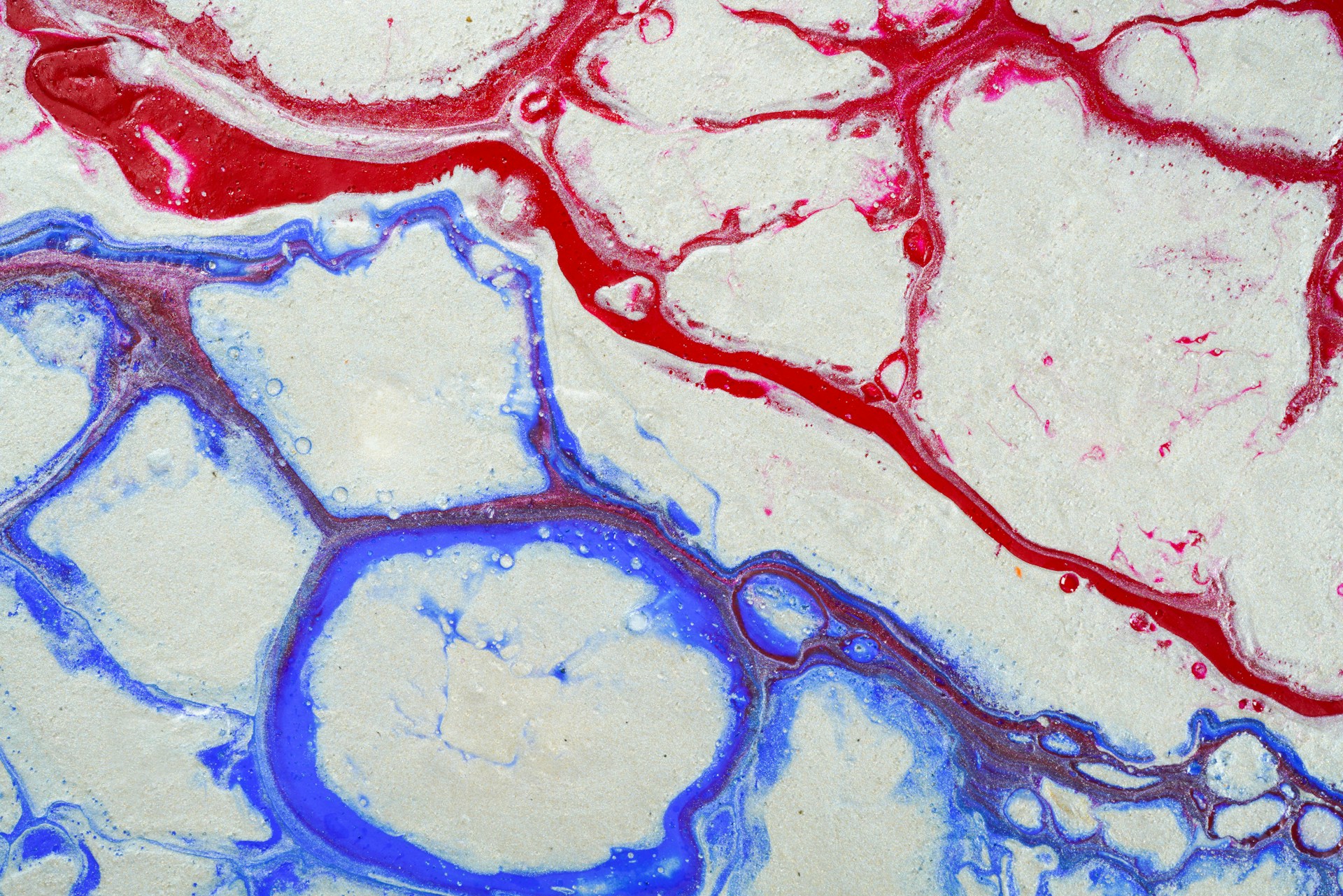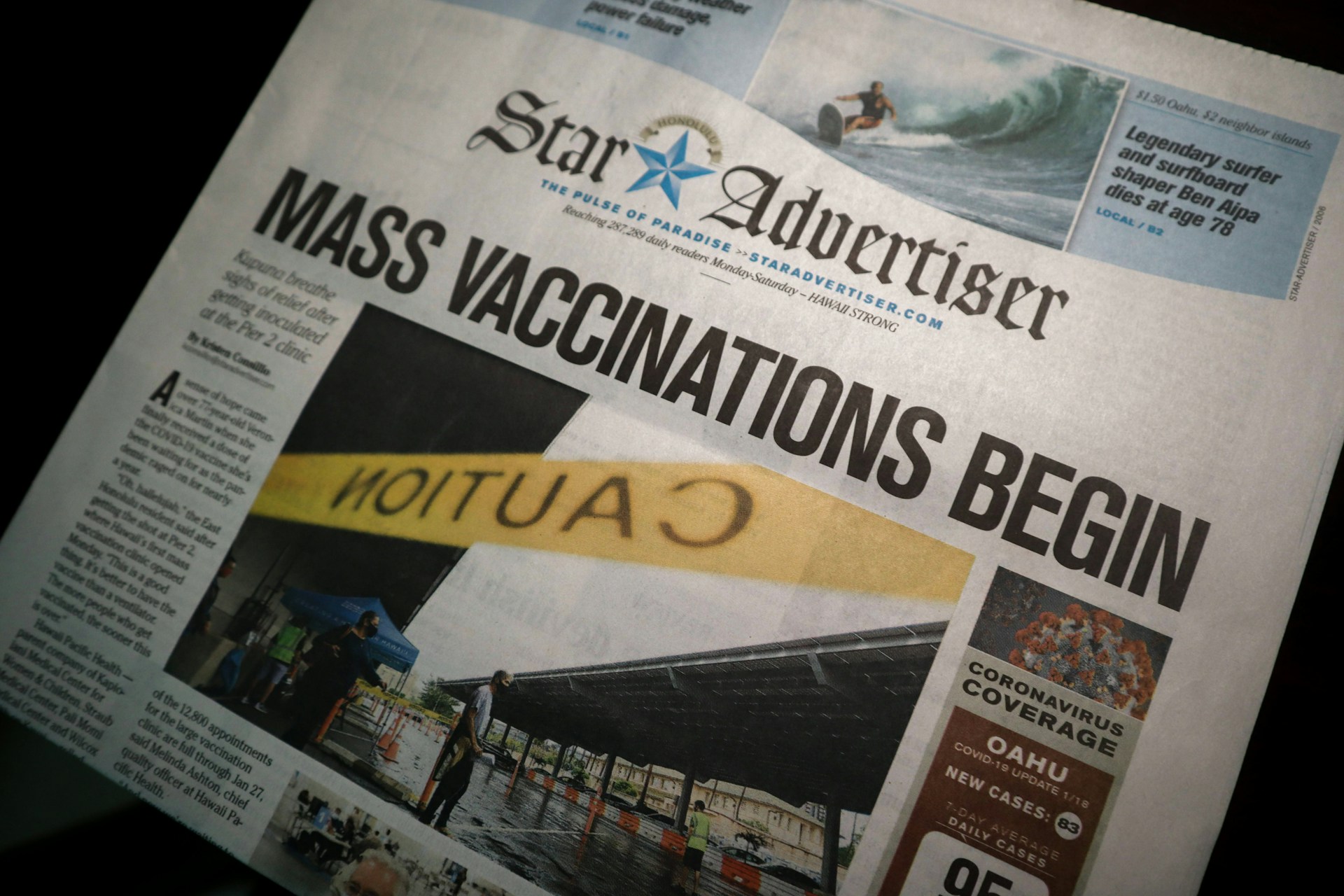
Introduction
The past half-decade has seen numerous health and environmental challenges emerge at the forefront of human discourse. We’ve had warnings of climate change, antibiotic-resistant bacteria, and pandemic outbreaks that coalesce into issues that some say have overwhelmed our existing systems.
Yet the life sciences sector brims with people fighting to address many of these challenges. Academia and industry have scientists who possess ground-breaking technologies for fighting disease. Policymakers and regulators seek to ensure that these technologies will work as intended. And patients and doctors seek to identify and develop treatment regimes that will treat and cure the most ravaging diseases.
Science communication stands at the intersection of these stakeholders. Sharing the fruits of their labours with the world cultivates cooperation, inspires action, and spurs hope in a dire situation. And today, I’m delighted to interview someone who integrates science communication into their activities.
I first came across Andrea Prinzi, field medical director of US medical affairs at BioMerieux, through an insightful article she wrote in the Clinical Microbiology Newsletter. With my current efforts in communicating science, I was glad when Andrea delved into the ways scientists can inform the public about actions that will improve our world. Her MPH in epidemiology, PhD in clinical and translational science, and over 12 years of experience as a medical laboratory scientist at Children’s Hospital Colorado also highlights her deep expertise in making medical research accessible to the world.
Put together, Andrea is well-positioned to discuss how scientists can communicate their science and drive chance in the world through medicine.
The interview
PN: You recently wrote an article about the importance of science communication which we will delve into. But how does science communication factor into your work at BioMerieux?
AP: I have been in love with science communication for a long time. For as long as I can remember, I’ve been trying to incorporate it into all my work, from the medical labs to the life sciences industry. As a field medical director, I explain complex scientific findings in the disease states and products I specialize in. I do this through medical education forums, podcasts, social media posts, and blogging. Science communication is also imperative to the work I do at BioMerieux! All in all, you can say that I’ve been born to tell people’s stories in medicine.
PN: I imagine that it may be hard to see your communication efforts bear fruit. But where have you seen science communication make a difference in people’s lives?
AP: The COVID-19 pandemic was an excellent example of science communication at work. Specifically, I saw many medical laboratory scientists and infectious disease clinicians stepping up to clarify testing, explain the disease itself, and summarize the constantly changing evidence base. Yes, this work informed the public. But it’s much more than that. Good science communication also shed light on the critical and often unappreciated role of medical laboratory scientists, who perform testing that saves lives every day.
PN: Good science communication has helped improve health in many ways. Yet public trust in good science and those who communicate it remains low for many sectors.
AP: I unfortunately find that to be the case as well. That’s not to mention the plethora of platforms that share inaccurate information, exacerbate “clickbait” messaging, or supply negative news headlines. Much of the issue lies in the scientific community not doing a great job of explaining the scientific process. When we discover things that don’t align with our hypotheses, our conclusions may change in real-time. While that’s a natural part of the scientific process, the public sees this as “changing the story”, reducing their trust in scientists.
PN: That’s very well put. How should scientists best address this issue and continue to provide a positive impact on our well-being?
AP: I think there are several things we can do as scientists to better engage with the public. I’ll provide them to you as a list:
- First, we must relate to the public. Because many scientists work in labs or “behind the scenes”, they may seem unrelatable to the general public. Amid their effort, scientists and clinicians may feel strong societal pressure to know everything and solve all the world’s most pressing problems in one go. However, scientists are humans like everyone else. As such, we are to become partners to all in discovery and health. The best way to do so is by communicating research in a way the public can understand and relate to.
- Second, we need to set the stage early. The public needs to know from the outset that what we know is subject to change. And that’s okay! We’re not pulling the wool over people’s eyes. Rather, we’re trying to provide the most accurate information we can now and adapting as we go along. Nevertheless, the impetus remains on us to provide updates as often as we can, and be as transparent as possible on data and conclusions.
- And finally, we need to get people excited about science. This applies to everyone, but I find it especially true for the youth. We need to get them excited about our world and interested in how our world works. We also need to show them how we conduct science by teaching the scientific method. Fostering this appreciation will help everyone improve science and gain trust in it.
PN: You’ve adeptly discussed why science communication is important. Let’s pivot towards its approach and execution. How should someone decide upon the types of communications to conduct in their career?
AP: It is important to do a bit of research on what each social media platform offers in terms of content creation, flexibility, and so on. Most importantly, it is imperative to understand your primary audience in each forum. For example, LinkedIn is a professional network, so content will usually focus on networking with business professionals or sharing findings from a recent scientific project. Other platforms have more of a variable audience, and several types of content may be successful.
Outside of the social media platforms that usually come to mind first for people, I strongly recommend collaborating with scientific organizations to communicate science. For example, I have been a volunteer blog writer for the American Society for Microbiology for years, and this has been a high-impact way to communicate topics that are relevant to clinical microbiologists all over the world. I also recommend connecting with organizations like the National Association of Science Writers, which provides a wealth of resources for getting started in science communication and may be useful in helping identify which platforms or techniques may be the best choice for you.
There are a lot of other resources online to help think through the best ways to communicate science. You can look up how to find the time of day to post materials, identify the keywords going viral, and track how much engagement your posts are getting.
PN: That’s a very useful repository of resources for scientists to search through. Now, let’s end the interview with a preview of the future. Where do you see online and digital platforms in terms of prominence in our efforts to communicate science to the world?
AP: I think given our technological advances and rapid dissemination of information (for better or worse) via social media, science communication must continue to improve and grow online and digitally. The focus should be given to areas of growth and reach, and we need to get creative about how to reach people of various ages and backgrounds to ensure that we educate and inform in the most accessible ways possible.
Author
-

Paul Naphtali is a seasoned online marketing consultant. He brings to the table three years of online marketing and copywriting experience within the life sciences industry. His MSc and PhD experience also provides him with the acumen to understand complex literature and translate it to any audience. This way, he can fulfill his passion for sharing the beauty of biomedical research and inspiring action from his readers.
View all posts



